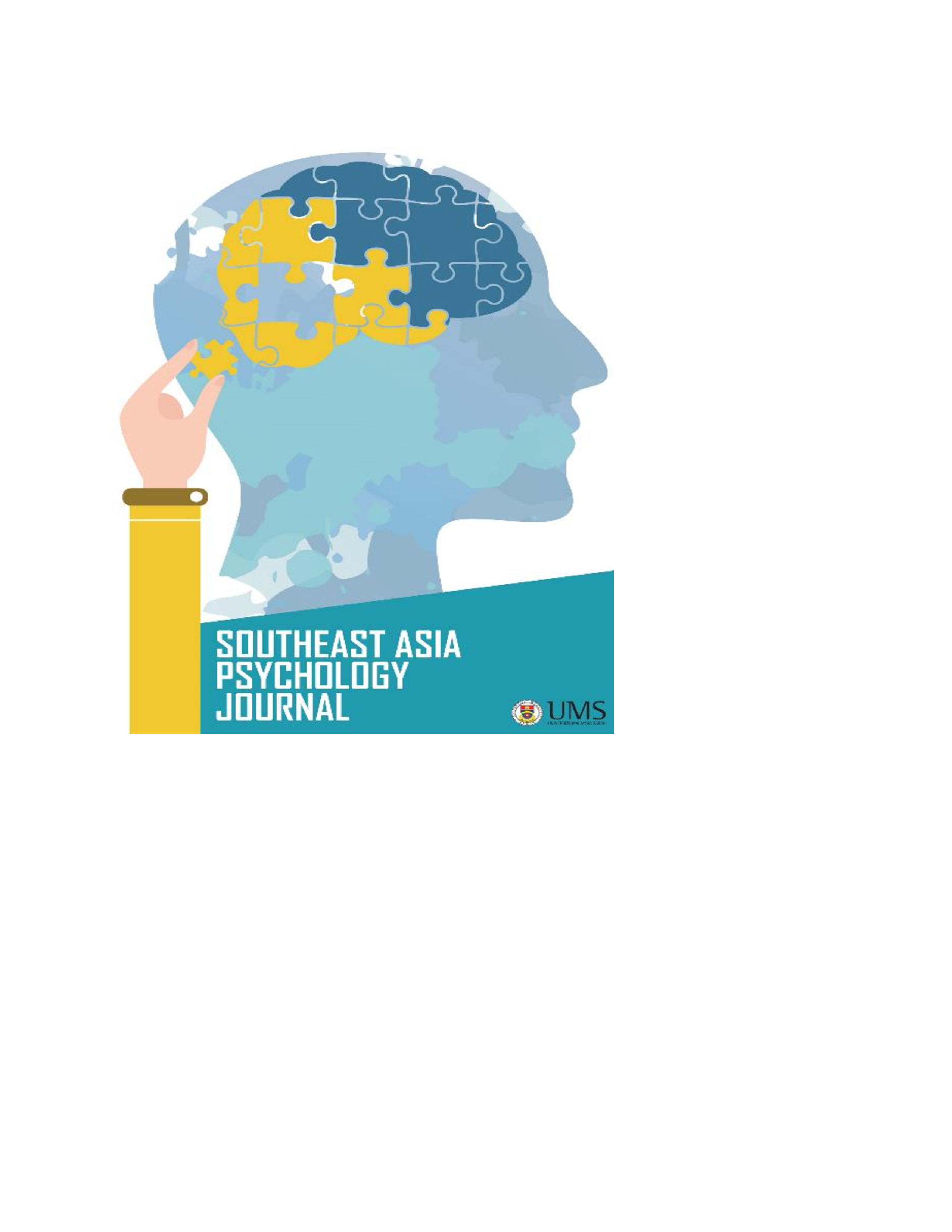FACTORS RELATED TO NON-SUICIDAL SELF-INJURY IN UNIVERSITY STUDENTS: A SCOPING REVIEW
DOI:
https://doi.org/10.51200/sapj.v13i1.6342Keywords:
Non-Suicidal Self-Injury, DSM-5, Correlates, Scoping ReviewAbstract
Self-harm behaviors are associated with many unhealthy behavioral urges and future suicidal ideation or attempts. This behavior has also become a clinical condition that may need to be the focus of clinical attention in the most recent revised text of the Diagnostic and Statistical Manual of Mental Disorder. Self-injurious behaviors of varying severity were found among university students. This study aimed to identify predictors that influence the occurrence of NSSI, thereby increasing the chances of building an understanding of the etiology of self-harm behaviors in university students. To be included, all papers have to be peer-reviewed, written in English or Indonesian, and have a specific focus on university student populations. Papers specifically examined NSSI according to DSM-5 diagnosis criteria and were published after DSM-5 was published. Two articles were identified after conducting searches in three academic databases (Scopus, ProQuest, ScienceDirect) as well as Google Scholar. This review identified that university students who met the NSSI criteria were more likely to experience other mental disorders, severe role impairment, and a higher propensity to think about or attempt suicide compared to students who did not meet the criteria. Non-suicidal self-injury disorder can also be found independently and separately from other disorders, and thus, NSSI requires a different understanding and paradigm in handling. Some of the NSSI diagnostic criteria are field-proven and support the validation of the existence of the criteria proposed in the DSM-5. Future research utilizing the full DSM-5 criteria should be increased to add the necessary literature support in this regard.








